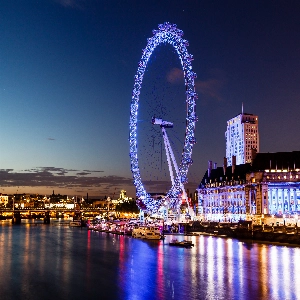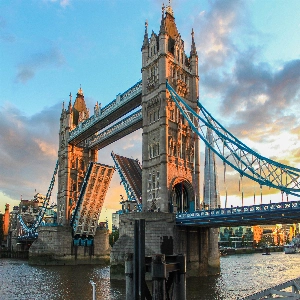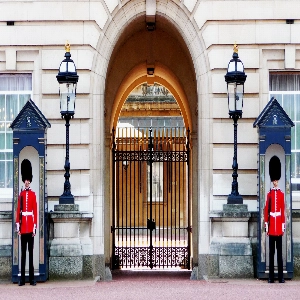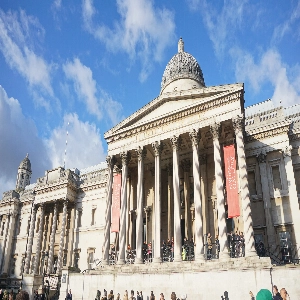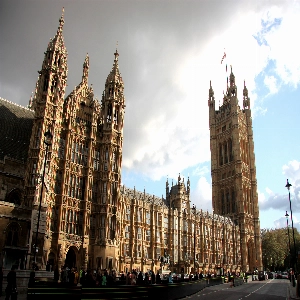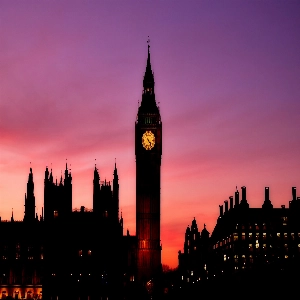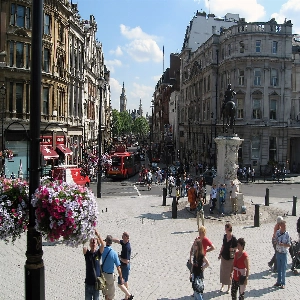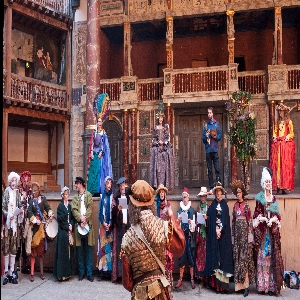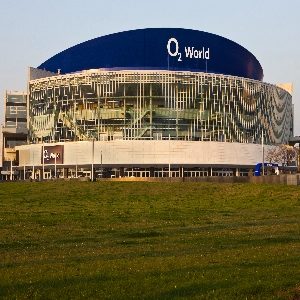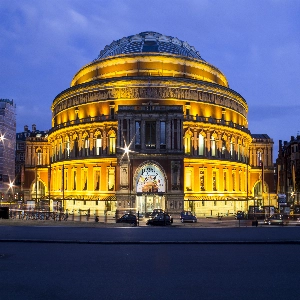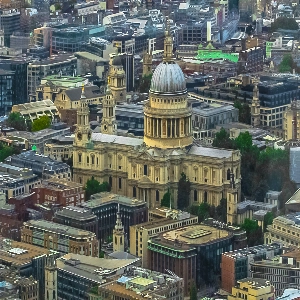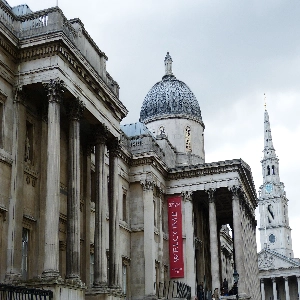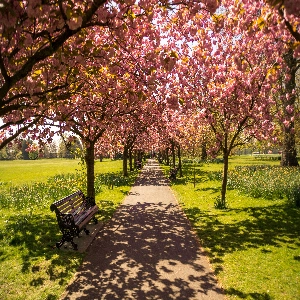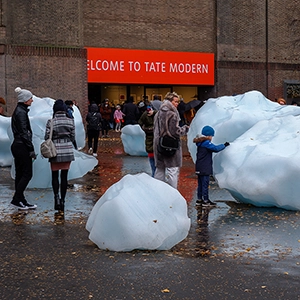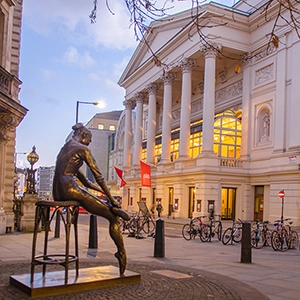The Natural History Museum: Exploring The Wonders Of Earth's Past And Present

Natural History Museums play a crucial role in documenting, preserving, and showcasing the richness of our natural world. They offer a window into the past, allowing us to explore the origins and development of life on Earth. The Natural History Museum, London, founded in 1881, stands as an excellent example of this function. The museum houses more than 80 million specimens and displays an extensive collection of flora, fauna, and minerals. This article delves into the captivating world of the Natural History Museum, its history, collections, exhibitions, and the experiences it offers to visitors.
History
The origins of the Natural History Museum can be traced back to the collection of Sir Hans Sloane, an 18th-century physician, and naturalist. His collection of plants, animals, and antiquities formed the basis of the British Museum, which opened in 1753. In the mid-19th century, Richard Owen, a British comparative anatomist, and paleontologist, recognized the need for a separate institution to house the immense and growing collection of natural history specimens. This led to the construction of a new museum in South Kensington, London, designed by Alfred Waterhouse, which opened to the public in 1881.
The Natural History Museum's iconic building, a masterpiece of Victorian Romanesque architecture, is adorned with intricate terracotta tiles that depict plants and animals. The museum has welcomed millions of visitors over the years, and it has continuously evolved to represent the changing landscape of natural sciences.
Main Collections
The Natural History Museum is home to an extensive and diverse collection of specimens. These collections are divided into four primary departments: Earth Sciences, Life Sciences, Library and Archives, and Scientific Operations. Each department manages a variety of sub-collections, representing the incredible diversity of nature.
Earth Sciences
This department houses collections in mineralogy, petrology, and paleontology, with specimens dating back 4.5 billion years. The museum holds a comprehensive collection of more than 500,000 minerals, 3 million rocks and ores, and more than 9,000 meteorites. The paleontological collections contain more than 9 million specimens, including fossils of plants, invertebrates, and vertebrates, which help us understand the Earth's history and evolution of life.
Life Sciences
Encompassing botany, entomology, and zoology, the Life Sciences department hosts an astounding diversity of living organisms. Its collection of more than 5 million botanical specimens includes pressed plants, seeds, and wood samples representing various ecosystems. The entomology collection boasts more than 34 million insects, preserved as dry or wet specimens, while the zoology collection contains approximately 22 million specimens, ranging from tiny invertebrates to huge whale skeletons.
Library and Archives
The museum’s Library and Archives serve as a repository for the institution’s valuable scientific literature, artwork, and manuscripts. The library contains more than half a million books and journals on topics such as natural history, conservation, and biodiversity. The archives hold the personal papers of distinguished naturalists and scientists, like Charles Darwin and Alfred Russel Wallace, as well as an impressive collection of original artwork, including watercolors, sketches, and lithographs of plants and animals.
Exhibitions and Galleries
The Natural History Museum offers its visitors a variety of exhibitions and galleries, combining both permanent and temporary displays. Some of the museum’s most popular and iconic exhibits include:
Dinosaurs Gallery
A journey through time, the Dinosaurs Gallery showcases an extraordinary collection of fossils and captivating displays, unraveling the fascinating world of these prehistoric creatures. The gallery also features a life-size animatronic model of a Tyrannosaurus rex, which captivates both children and adults alike.
Blue Zone: Mammals and Marine Life
This section allows visitors to explore the mesmerizing world of mammals and marine creatures. The Blue Zone features the iconic giant blue whale skeleton, suspended from the ceiling of the Hintze Hall. This awe-inspiring exhibit highlights the importance of marine conservation and the role these creatures play in maintaining the health of our oceans.
Volcanoes and Earthquakes
An interactive and educational exhibit, showcasing the dynamic geological processes that shape our planet. Visitors can explore the causes and impacts of volcanic eruptions and earthquakes, while also learning about the natural resources that these processes produce.
Human Evolution
A fascinating exhibit presenting the journey of human evolution, from our first ancestors to modern Homo sapiens. Through a series of interactive displays, visitors can learn about the pivotal moments in human history, including the development of tools, fire, and language.
Educational Programs
In addition to its exhibitions and collections, the Natural History Museum also plays an essential role in promoting public understanding and appreciation of the natural world through its various educational programs. These initiatives are designed for people of all ages, from school children and families to adult learners, with a focus on engaging the public in scientific research, discovery, and conservation.
Some of the museum's educational offerings include workshops, lectures, behind-the-scenes tours, and citizen science projects. These programs fuel a sense of curiosity and wonder about the natural world and empower the public to contribute to scientific advancement and environmental conservation efforts.
The Natural History Museum, London, stands as a testament to humanity's relentless pursuit of understanding and preserving our natural world. With its world-class collections and innovative exhibitions, the museum offers a thrilling experience to visitors, fostering both appreciation and accountability towards the planet we inhabit. As a leading institution in research, education, and conservation, the Natural History Museum plays a fundamental role in shaping public perception and highlighting the importance of protecting the Earth's rich biodiversity for future generations.

